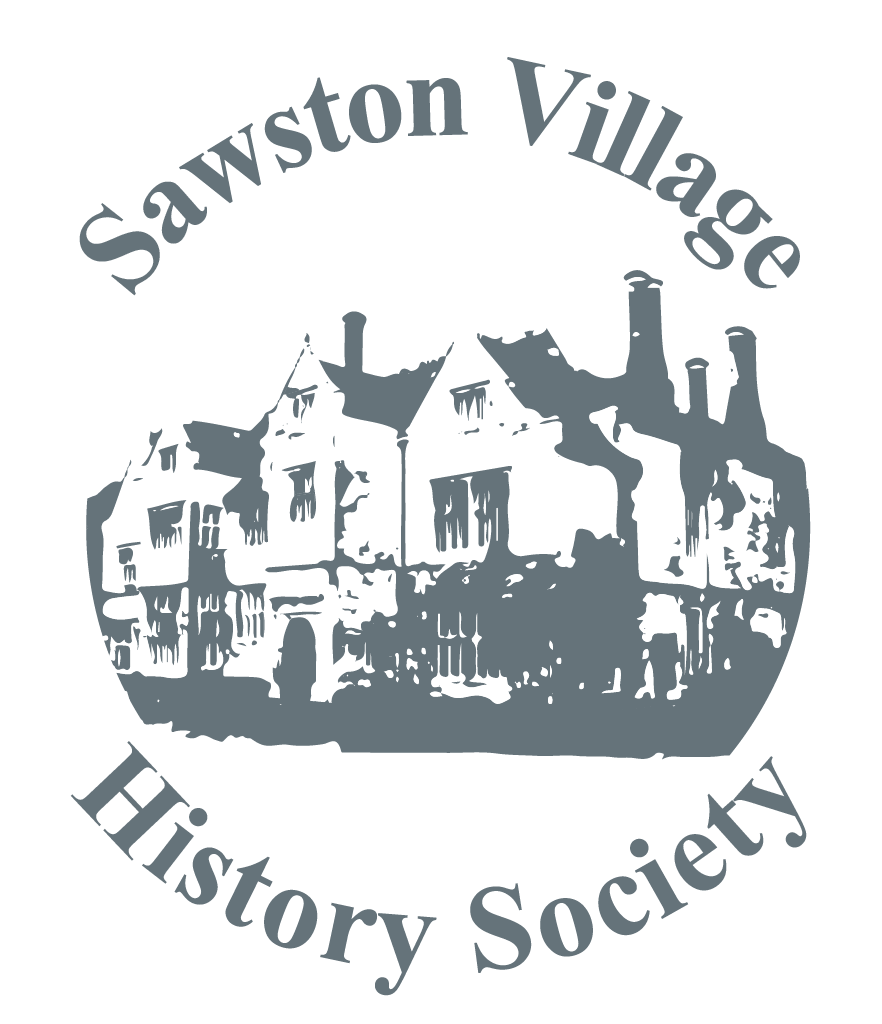
The Sawston Village History Society meeting on 14th January 2016 was the 25th anniversary of the founding of the society. There were 40 members present to celebrate the occasion with a glass of bubbly and a slice of cake after the talk.
This talk was given by member Barry Tew with the title "The life and work of Guglielmo Marconi 1874-1937" He was the son of an Italian father and an English mother, Annie Jameson of the whisky family. Born and brought up in Italy, he was never academically inclined and was largely self taught, but developed an interest in wireless telegraphy and the need for ship to shore communication. He was not a scientist, although he made use of discoveries by others, and saw the commercial possibilities of them. He ignored advice that something would not work; he just kept trying things until it did work.
One important discovery which influenced him was that of Heinrich Hertz who showed that electromagnetic radiation, radio waves, could be produced by one apparatus and detected by another. Marconi carried out his own experiments working in the attic of his home in Italy.
By 1895 he had been able to transmit messages in Morse code over 2 km. He tried to interest the Italian navy in his work, but they turned him down. Fortunately his mother had good English connections which gave him three good contacts, one of which was the Post Office. He spent three months writing patents to protect his inventions, and by 1897 he had transmitted and been received over 14 km. across the Bristol Channel. Further work extended the distance to 18 km which was over the line of sight horizon.
The Post Office offered to buy his patent, but instead he decided to set up a company and continue development himself. The first news of the death of Gladstone was transmitted by Marconi equipment from the south coast to London via the Isle of Wight. At the Kingston Regatta in Dublin messages were being sent 40 km.
In 1899 a German ship got stuck on the Goodwin Sands and was able to summon the Ramsgate Lifeboat to rescue the crew. At the Americas Cup he was able to repeat his success of the Dublin Regatta, and took the opportunity to file a patent to protect his inventions. Marconi took full advantage of the publicity opportunities of these incidents.
In 1901 he carried out transatlantic tests between Cornwall and Cape Cod using a 500 foot Kite supported antenna for reception. He claimed success, but the system was unreliable. It took place in daylight, and radio signals travel much further at night. In 1902 the first radio message crossed the Atlantic. The Massachusetts station was the first to receive distress signals from the Titanic in 1912 when 700 people were saved.
1904 saw the invention of the thermionic valve. This enabled transmissions to be on a much tighter frequency, which allowed more transmissions to take place without interfering with each other. The Titanic sinking produced many effects including the building of the Marconi factory in Chelmsford, and after WW1, the Imperial Wireless Scheme which created a series of very high power Long Wave transmitters.
Broadcasting began in 1920, and 2LO in 1922 which could be received on crystal sets. Radio amateurs in America showed that shorter wavelengths enabled communication over longer distances. In the 1930s radio beacon navigation was developed, and in 1935 Watson-Watt developed the first Radar.
Marconi had had two angina attacks in the 1920s, and a heart attack in 1935. He died of another in 1937 at the age of 63. He was hailed as a genius in Italy and given a state funeral. In Britain the BBC observed a two minute silence at the time of his funeral.
Jim Butchart